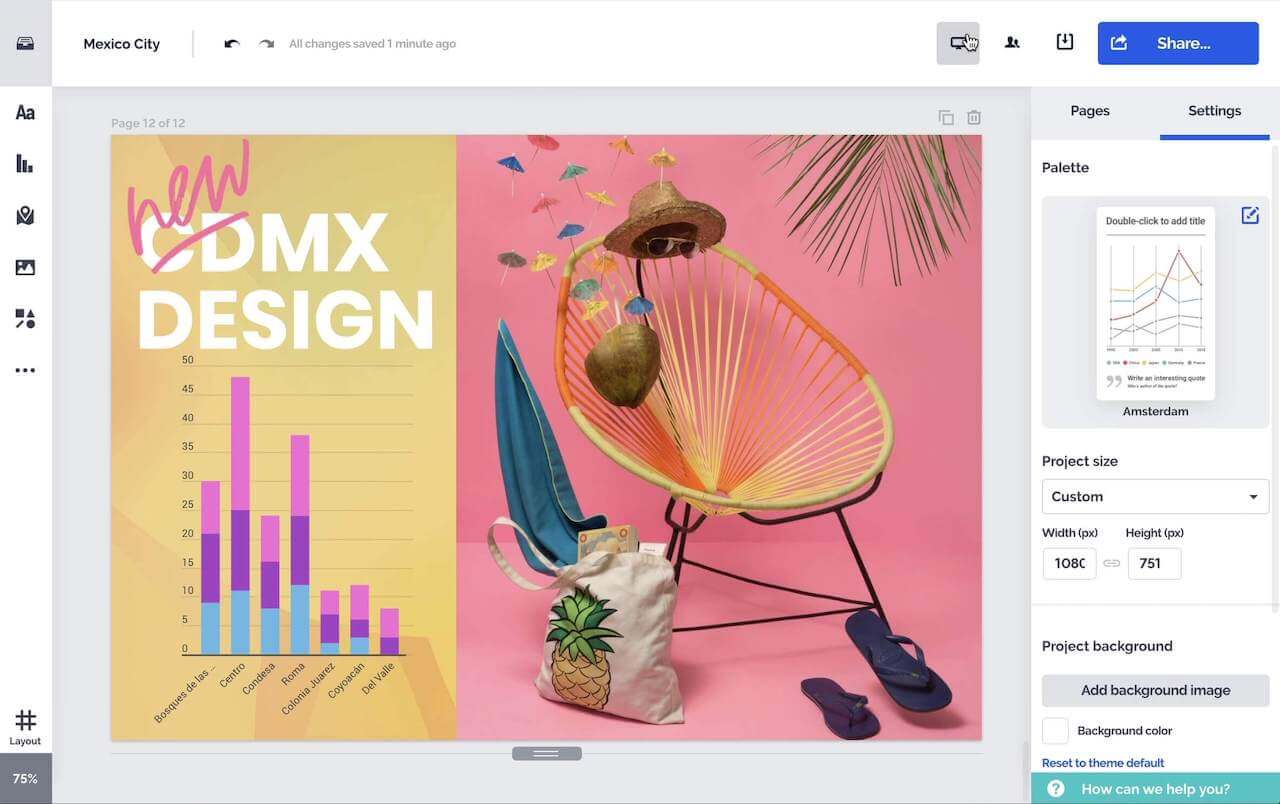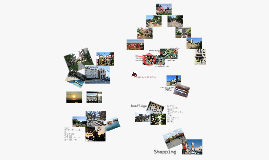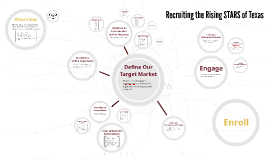Dissertation Presentation Template
Transcript: Hypothesis Confirmation The research confirms the initial hypothesis, demonstrating a significant correlation between the studied variables. Statistical Software Utilization New Insights Conclusion Utilized statistical software such as SPSS and R for quantitative data analysis, enabling robust statistical testing and interpretation. Key findings reveal new insights into the subject area, contributing to the existing body of knowledge and addressing identified gaps in the literature. Future Exploration Qualitative Methods Data Analysis The study highlights the importance of further exploration in this area, suggesting avenues for subsequent research and potential applications. Incorporated qualitative analysis methods, including thematic analysis and coding, to interpret open-ended survey responses and interviews. Data Visualization Employed visualization techniques, such as graphs and charts, to effectively convey the findings and trends observed during the analysis phase. Key Findings and Their Implications The research identified significant trends that align with the stated objectives, revealing insights that could influence future practices and theories in the field. These findings not only contribute to existing knowledge but also suggest areas for practical application and further investigation. Future Research Directions Exploring avenues for continued investigation based on dissertation findings. Year 1 Year 2 Year 3 Expand the study to include diverse populations to assess applicability and generalizability. Develop and test interventions based on findings to enhance effectiveness in real-world settings. Investigate the long-term impacts of findings on current practices in the field. Overview of Research Area and Significance Research Methodology Timeline Recent Contributions Seminal Works Column 2 discusses recent studies that address gaps identified in the foundational literature. These studies utilize modern methodologies and perspectives that are essential for advancing the field and informing future research directions. Column 1 focuses on seminal works that have laid the foundation for the research area, detailing their contributions and methodologies. These studies are critical for understanding the evolution of the field and provide a basis for current research questions. An overview of the chronological research design, data collection, and analysis techniques employed in the study. Phase 1: Research Design Engage and Inquire Developed the overall research framework, defining the study type and scope. This is an opportunity for the audience to ask questions and share their insights, fostering a deeper understanding of the dissertation's contributions and findings. This dissertation explores the impact of [insert research topic] on [insert broader field or context], emphasizing its importance in addressing contemporary issues. The significance of this research lies in its potential to contribute to [specific knowledge, practices, or policy improvements]. Identify Key Issues To identify and analyze the primary issues surrounding the chosen research topic, providing a clear understanding of the context and relevance. Evaluate Literature To evaluate existing literature and frameworks related to the topic, pinpointing gaps and opportunities for further exploration. Research Objectives Develop Methodology To develop a comprehensive methodology that allows for effective data collection and analysis, ensuring the validity and reliability of results. Articulate Expected Outcomes To articulate the expected outcomes of the study, providing a framework for assessing its impact and contribution to the field. Dissertation Presentation Template A guide to creating a 2003 PPT template specifically designed for dissertations.

















